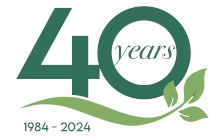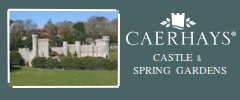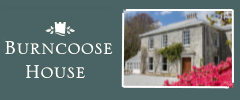- Shop Now
- Burncoose Specialities
- This Month
- Offers & Promotions
- RHS Chelsea Flower Show 2024
- 40 years at Burncoose
- Engage With Us
- Information, Help & Advice
- About Us & Our Services
- Terms & Conditions
- Log In / Register
Chapters
Fagus - Growing Guide
Growing Fagus
Beech
Fortunately this is one of the easier care articles to write as there are only in fact 10 species of deciduous beech trees worldwide and growing improved varieties of our own native European beech trees is not exactly that difficult! Burncoose stocks popular varieties of Fagus sylvatica (Common Beech) so this makes it even simpler and leaves visitors to the website to decide for themselves which leaf colours or habits they want in their own gardens as specimen plants.
F. sylvatica ‘Aspleniifolia’, the Fern leafed beech, has slender leaves cut into narrow lobes.
‘Dawyck’ has an upright, columnar, or flame shaped growth habit and green leaves.
‘Dawyck Gold’ is compact and columnar in habit with yellow young leaves turning green
‘Dawyck Purple’ has a similar growth habit with purple leaves.
‘Pendula’, the Weeping beech, has pendulous branches that trail to the ground.
‘Purpurea’, Copper beech, has purple leaves which turn coppery in autumn.
‘Purpurea Pendula’, Weeping purple beech, is a mushroom shaped tree with weeping branches.
‘Purpurea Tricolor’ (syn. ‘Roseomarginata’) has purple leaves edged and striped pink or pinkish-white.
‘Riversii’ has exceptionally deep purple leaves.
‘Rohanii’ has deeply cut purple leaves.
Burncoose now offers two other interesting species of beech:
Fagus orientalis, Oriental beech, is a spreading tree with larger leaves than F. sylvatica which turn yellow-brown in autumn.
Fagus longipetiolata – is a newly introduced species with different shaped leaves. These are larger, long and tapering. The new growth is bronzy and the leaves turn coppery-brown in autumn.







































